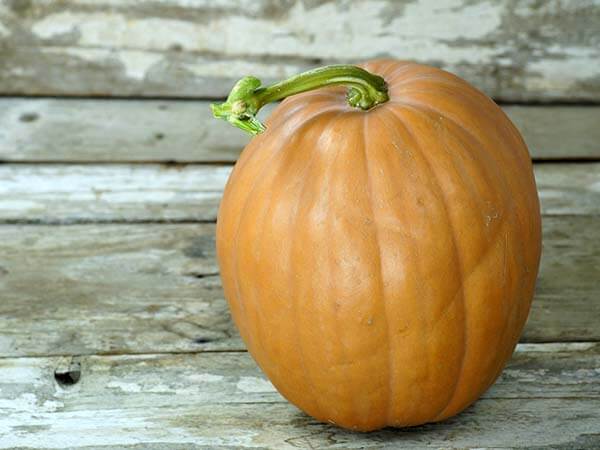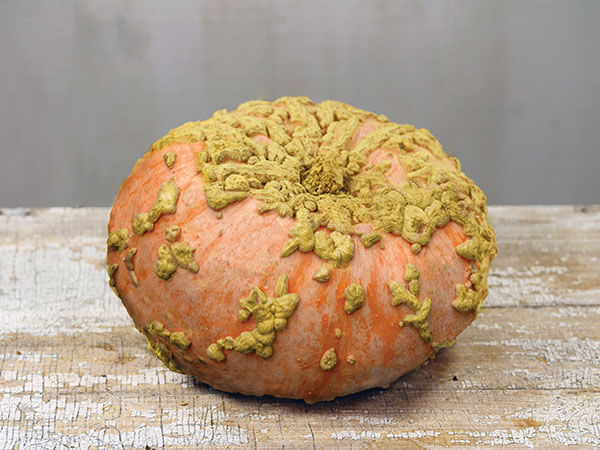20 Pumpkins You Should Have Planted This Year
In September you’ll start to see bins full of orange pumpkins at the grocery store. Why settle such a monochrome display? More than 30 different varieties of squash are grown in the U.S. These specialty pumpkins are for decorating, soup, even cutting slices off at eating raw. Find one to grow next year.
Black Futsu
A rare Japanese heirloom, know for its changing appearance. It starts out forest green. When it begins to ripen, the bumpy complexion will begin to turn yellow and after that, the squash will start to look moldy-gray. Don’t fret! The strange appearance is a regular process which helps to toughen the squash for long-term storage.
After the entire squash looks graying-blue, it is ready to harvest. The size ranges between that of a grapefruit and cantaloupe. On the inside, the squash is bright orange and tastes like a cross between pumpkin and chestnut. The skin is thin and edible.
Connecticut Field Pumpkin
The classic orange pumpkin. Originally grown for its edible seeds. Best for decorating. Takes 100 days to grow.
Dickinson Pumpkin
Great for making pie, soups, canning or freezing. Sweet, bright orange flesh. Easy to grow, takes about 100 days. Tan in color, usually a bit darker than the prototypical orange pumpkin. Can also be used to decorate. OVerall, a better and more useful choice than the Connecticut field pumpkin.
Galeux D’ Eysines Squash
Winter squash that originated in the Bordeaux region of France. The name means “embroidered with warts.” Traditionally used in soup. The outside is peach and covered with peanut shell-like warts caused by sugar in the skin. Great for pie. 10-15 lbs in size. The flavor is a blend of pumpkin and sweet potato.


